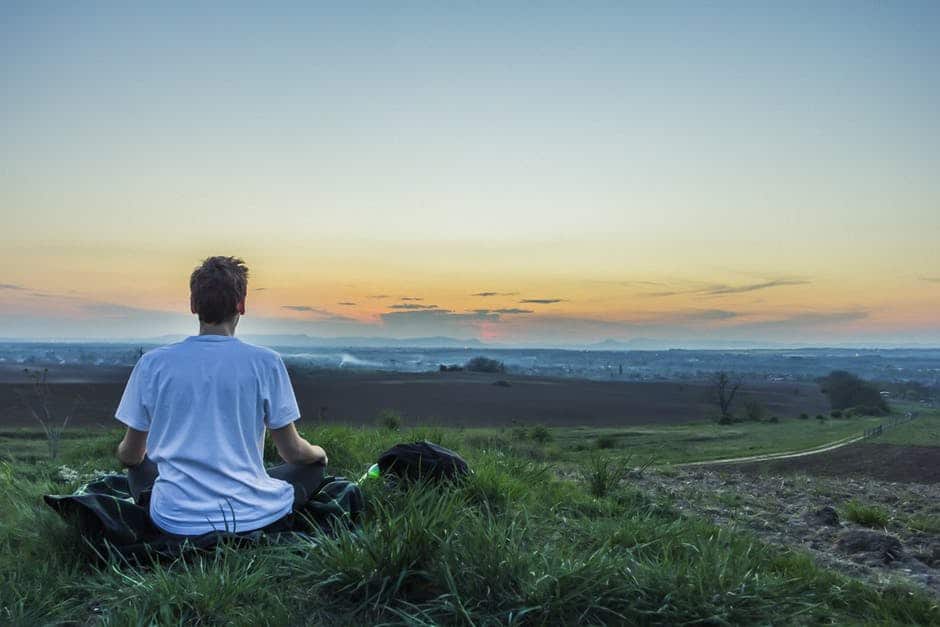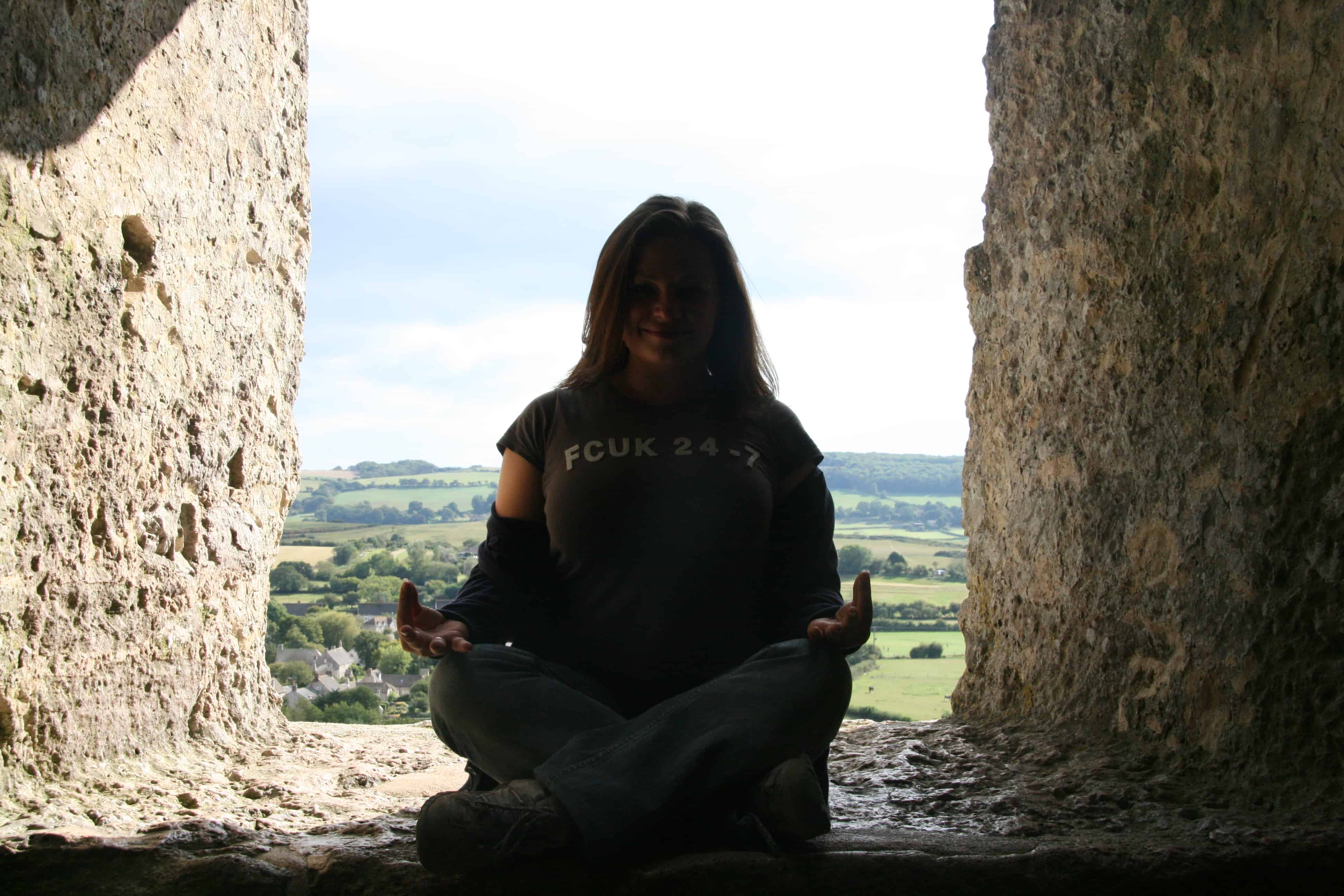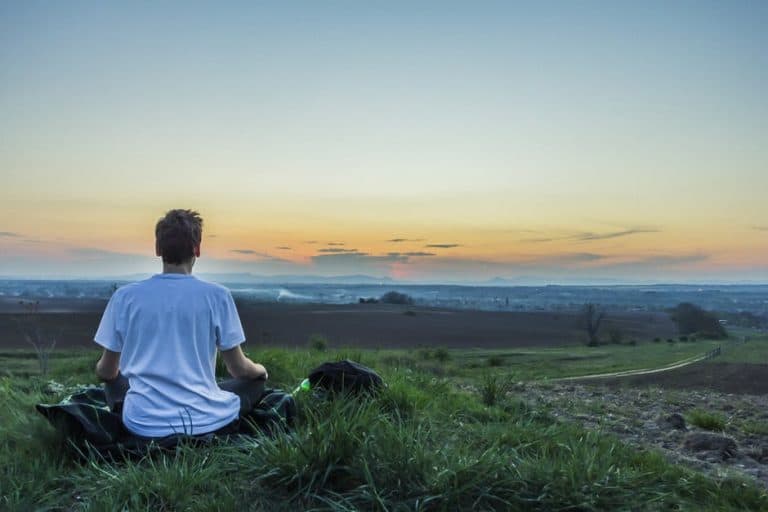
Let’s face it, we all have to deal with daily stress, and it can quickly become a big problem in our lives if we can’t find simple and effective tools to help us dial it down. No matter what kind of stressful situation life brings, whether it comes from your work environment, losing a loved one or facing a serious illness, stress triggers other problems. And we need to learn how to deal with it better.
There are many ways to beat stress. Lots of people find solace in practicing yoga or some even pick up gardening, which is an excellent stress reliever by the way. Gardening indoors can be pretty exciting when you use grow lights, like the ones reviewed here by backyardboss.net.
Another life-savior is mindfulness meditation. Meditation is arguably most effective and least expensive stress-relieving practices. It cost you absolutely nothing, and the benefits are countless. Not only will you win your battle against daily stress you will also find yourself to be more focused, grateful, and peaceful.
How to Start a Meditation Practice: A Little Guide for Beginners
How easy is it to meditate?

One of the most amazing discoveries of neuroscience is that the brain changes with experience. For instance, if you were learning a new dance step, a new neural pathway would emerge that gives your body instructions on how to perform and perfect that dance step. Practicing that step over and over again strengthens that neural pathway, changing your brain, making that dance step much easier to perform, and making you better at it as a result of those repetitions. Of course, this happens not only for physical actions; our entire brain map changes whenever we think, imagine or feel something repeatedly.
And so by practicing mindfulness meditation, you are developing and strengthening new neural pathways changing your brain, which, of course, means changing your mind and your experience of daily life.
Mindfulness meditation is a practical way of changing your daily life for the better. The principle is fairly simple yet profound: awareness is transformative.
When you bring more awareness to your daily experience of life, it enables you to see how we make ourselves suffer unnecessarily, and seeing that gives you a chance to stop doing it.
Meditation gives us a possibility to start acting in ways that bring around more freedom, more kindness, more happiness and joy into our lives.
Step One – Make the Time
Starting a meditation practice is easy, you just need to allow yourself to start small, let’s say, 10 minutes a day.
Some people find it easier to meditate in the morning; some people love meditating right before going to bed improving the quality of their sleep as a result of this practice. Whatever time of the day sounds right for you, just start small, find 10 minutes in a day to set aside for yourself and your meditation practice.
Step Two – Find a Comfortable Spot
You might want to sit in your favorite chair or put your yoga mat out on your back porch when the first-morning sun comes shining through the windows. Go wherever you think you might get the best enjoyment out of your meditation and take a seat.
Step Three – Sit Down
Choose a chair that offers ample back support. An ideal position is to sit up straight with your feet flat on the ground, then place your hands, either palm up or down, flat on your thighs.
You may sit on a mat or rug on the floor with your legs crossed in the most comfortable way you can. Place your hands, either palm up or down, on your knees and keep you’re back straight. Some say you keep your palms up if you want to accept and take in the energy around you. But, if you feel you want to protect the energy you are holding inside, then place your palms facing downward.
Step Four – Breathe
We are all great at breathing. Concentrate on your breathing during meditation. Observe your thoughts as you breathe in and out. When you feel that your mind went wandering (and it most certainly will do that), gently invite it back by keeping your focus on breathing. Close your eyes and take in a deep breath through your nose counting up to four. Feel the air fill your lungs. Take a moment and hold that breathe in. Now start to breathe out slowly through your mouth, counting as well.
To meditate is simply to focus the mind or to think deeply. Meditation can be the intentional letting go of all thoughts or the purposeful attention on a thought, like a prayer or a mantra. We can meditate on our breathing. We can meditate while walking. We can meditate by imagining ourselves as a flowing river or by concentrating on a single image like a cloud.
photo source


